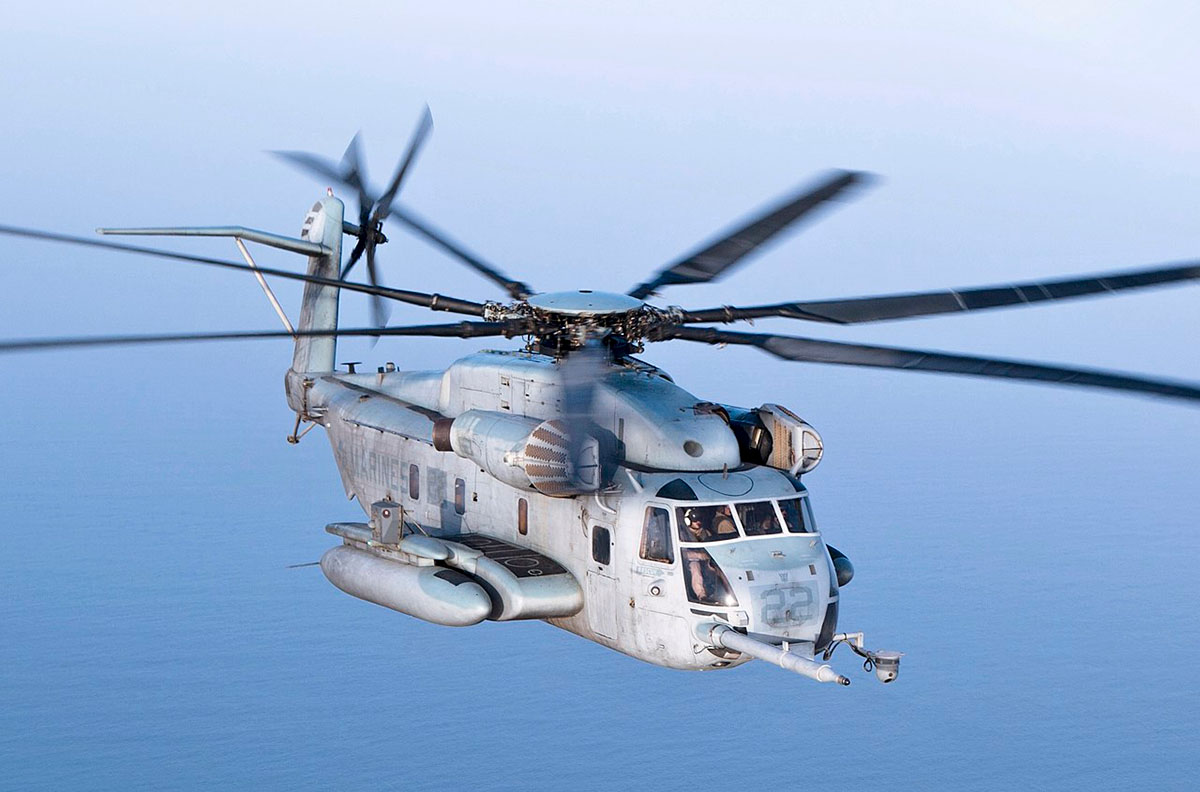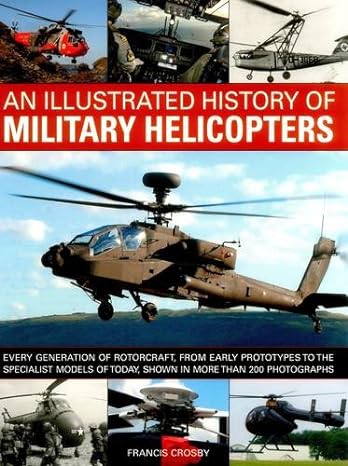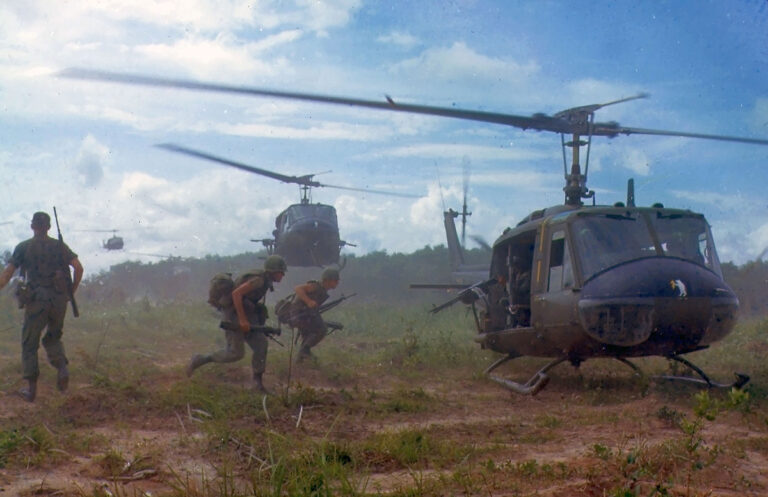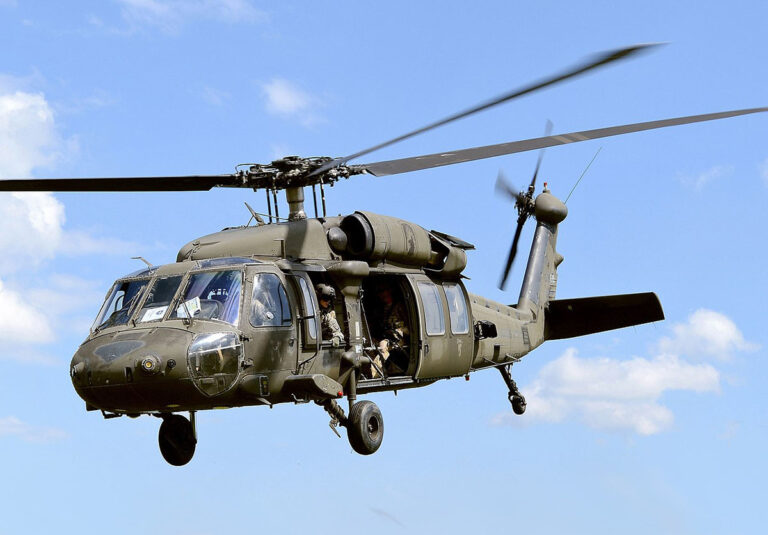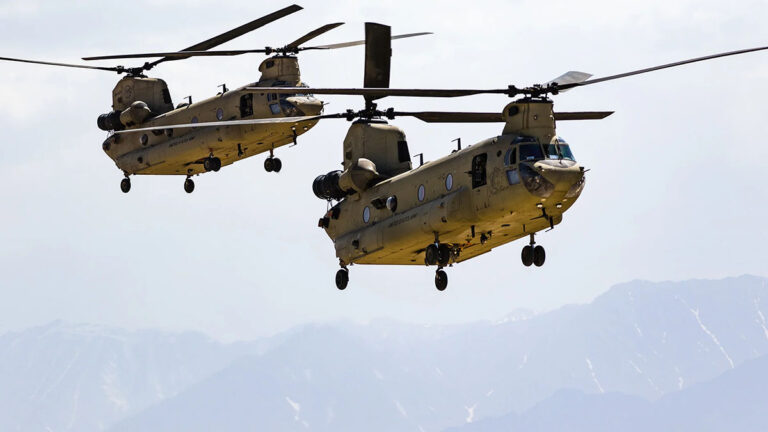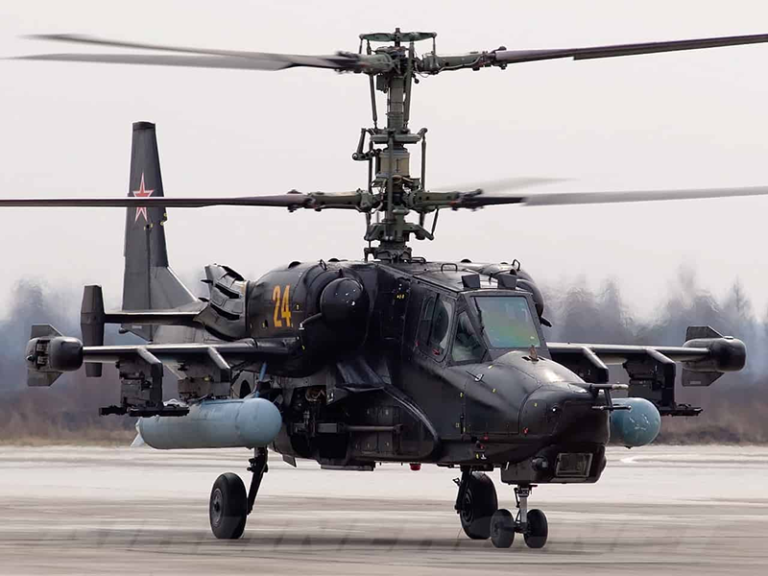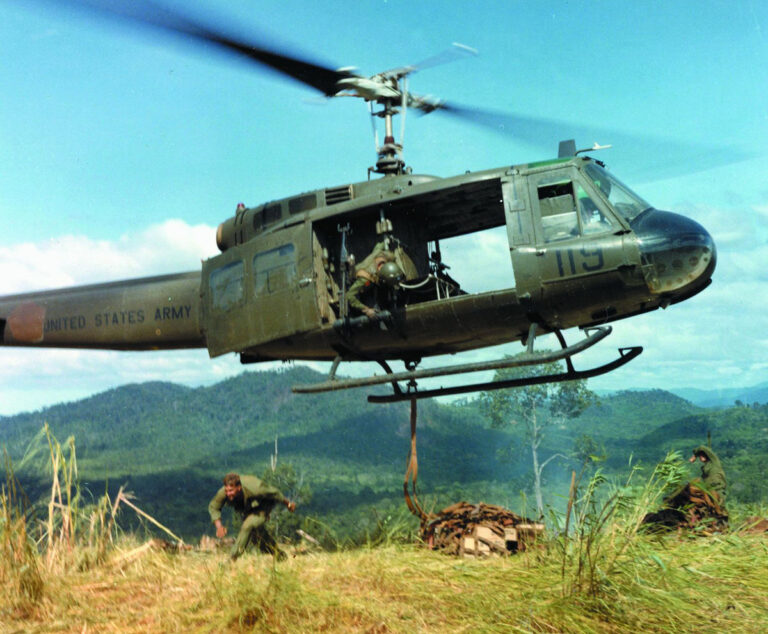Unleashing Power: The CH-53 Sea Stallion Helicopter’s Evolution And Impact
Overview and Origin of CH-53 Sea Stallion
The CH-53 Sea Stallion, a variant of the Sikorsky S-65, served as a heavy assault transport helicopter for the Marine Corps. It had a traditional fuselage, replacing the boat hull of its predecessor. The S-65 borrowed dynamic elements from the CH-54 (S-64), adding a titanium hub and folding blades to the main rotor. The CH-53A Sea Stallion joined the Marines in September 1966. It could carry cargo internally and underslung, with folding rotors and tail for carrier operations.
Subscribe to MOTORIZADO’s Youtube Channel!
HH-53B and HH-53C – The Super Jolly Green Giant
CH-53A in Combat and Introduction of the CH-53D
The Air Force ordered eight of the initial versions for their Aerospace Rescue and Recovery Service, designating them as the HH-53B. Recognizing the need for increased power, they later ordered the HH-53C variant. Both models earned the moniker “Super Jolly Green Giant.” Apart from a hoist, these variants also had provisions for additional drop tanks and a probe for refueling from a C-130 Hercules tanker.
In January 1967, four CH-53A Sea Stallions deployed to Vietnam for recovery tasks. The CH-53 quickly proved its effectiveness by recovering 100 helicopters in its first 5 months of operation.Alongside recovery, these helicopters served as troop carriers, with the capacity to hold 37 fully armed troops. Starting from March 1969, the Marines began receiving the upgraded CH-53D, which offered increased power and the ability to lift heavier loads. By 1972, the specialized, more powerful, and minesweeping-designed RH-53D was in production for the Navy.
An Illustrated History of Military Helicopters
A complete history of Army and Navy helicopters from the first visionaries to unmanned aircraft systems. This book, with over 200 helicopter photographs documents every generation of rotorcraft from early prototypes to the specialist helicopters of today.
Amazing text. As a Veteran helicopter mechanic I am passionate about all birds and their histories. Highly recommend this book. It sits firmly on my coffee table to spread the allure to friends and visitors alike. – John J.
The Evolution to CH-53E Super Stallion and Beyond

Though it initially appears similar, the CH-53E undergoes a thorough redesign, now powered by three engines instead of the previous two. Both the Marine Corps and the Navy ordered the CH-53E Super Stallion, primarily for its heavy lifting capabilities. It played an instrumental role in the rescue of F-16 pilot Scott O’Grady after he was shot down in Bosnia in June 1995. The Navy utilized CH-53Es in the combat support role, often pre-deploying to areas where they could deliver urgently required freight to passing carriers. Furthermore, the Navy operated the MH-53E Sea Dragon for mine clearance, replacing the earlier RH-53Ds.
The Air Force ordered 32 MH-53J Pave Low III helicopters with highly advanced navigation, terrain-following radar, and Forward Looking Infrared Radar (FLIR). Special Forces utilized these machines for long-range, low-level penetration into enemy territory. The MH-53J was armed with machine guns and protected with armor, flares, and chaff. The MH-53M Pave Low IV had featured improved avionics and defensive aids.
Frequently Asked Questions
What was the initial role of the CH-53 Sea Stallion?
The CH-53 Sea Stallion was a heavy assault transport helicopter for the Marine Corps. It could carry cargo internally and underslung. The main rotors and tail folded for carrier operations.
How was the CH-53 Sea Stallion utilized during the Vietnam War?
In January 1967, the deployment of four CH-53A Sea Stallions took place in Vietnam for recovery tasks. They proved efficient, recovering 100 helicopters by May. These helicopters also served as troop carriers, with the capacity to hold 37 fully armed troops.
What improvements were made in the CH-53E Super Stallion compared to its predecessors?
The CH-53E Super Stallion had a redesigned appearance and three engines instead of two. The Marine Corps and Navy utilized it for heavy lifting.


